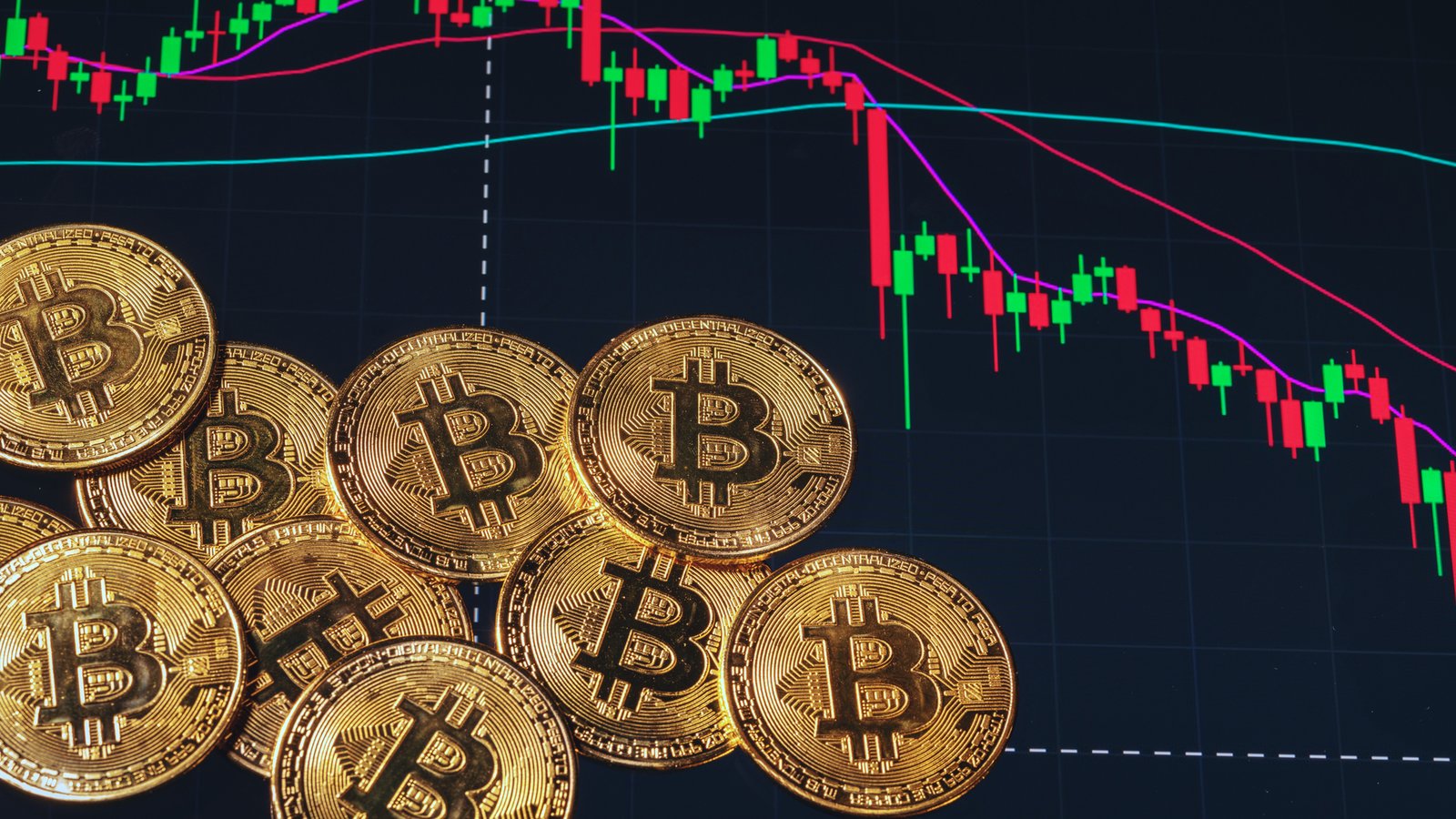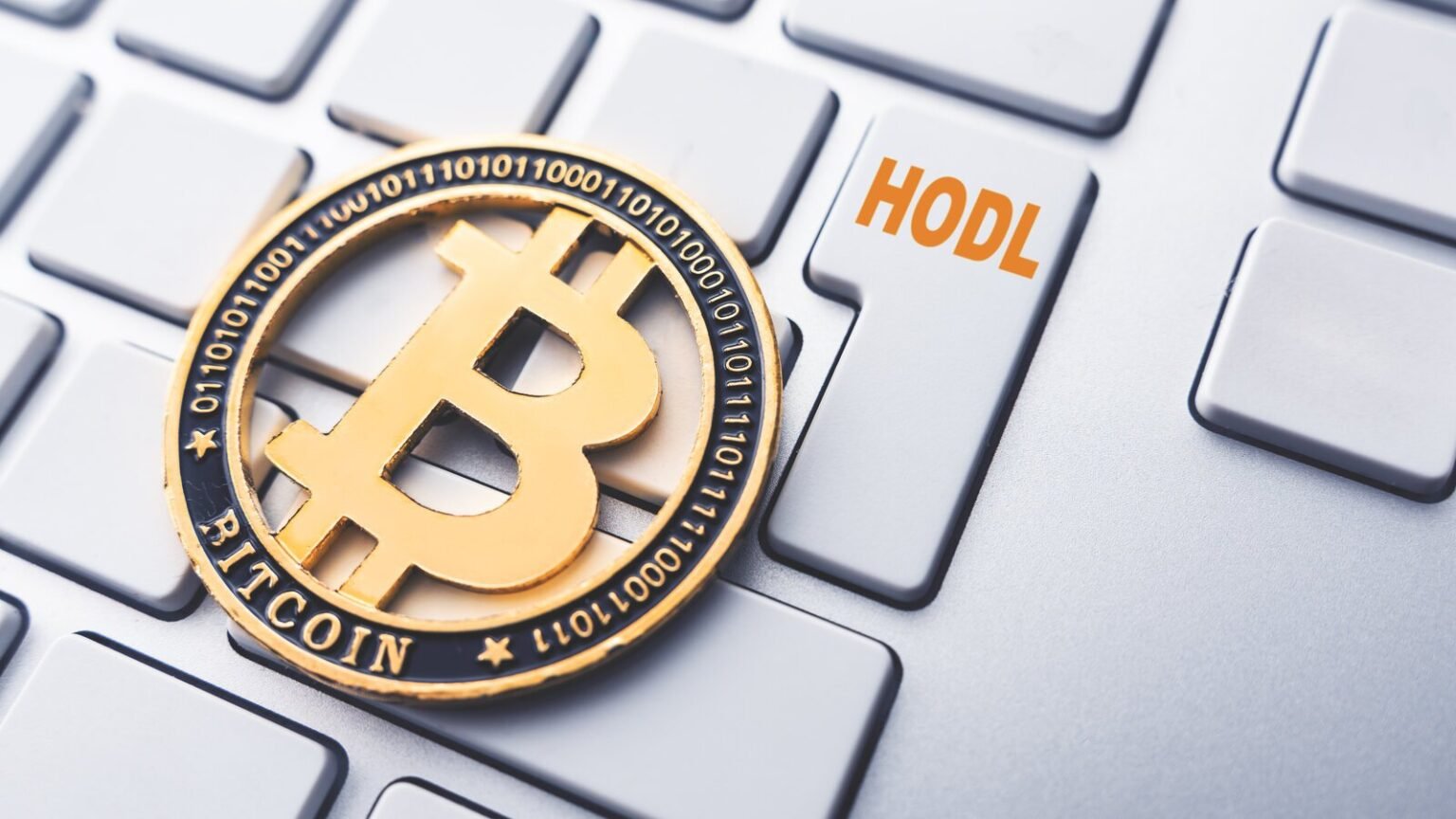The crypto rollercoaster—is full of extreme price fluctuations, emotional highs and devastating lows. Unfortunately, the stress of checking Bitcoin’s price as it endlessly fluctuates can become so overwhelming that it burns them out, causes worry, or even reaches the point in which they make irrational responses. In reaction to this, a new mantra has emerged in the crypto community: “HODL BTC and touch grass.” This saying promotes a long-term approach to investing, suggesting.
Bitcoin investors should retain their Bitcoins in the long run while trying to get out into. Crypto Investing, the real world. Bitcoin’s Price Top: This strategy seeks to prevent panic-induced moves and promote a more balanced view of where investors allocate their funds by combining financial and emotional investment.
Philosophy Behind Holling
The sound “HODL” came from a 2013 post on an online Bitcoin forum where a user, in a drunken spelling-error-filled rant, mistakenly said “I AM HODLING” instead of “I am holding” amidst a Bitcoin price drop. What began as a humorous mistake soon became a ubiquitous philosophy of the crypto community. HODLing encapsulates the concept of holding Bitcoin through periods of high market fluctuation instead of seeking to trade in response to transitory price changes.
Bitcoin believers say that, in the long term, regardless of market turbulence, the price of Bitcoin will reflect its fixed supply and global adoption over time. The five scored points against the historical price trend of Bitcoin, showing that it had all been able to pass through significant crashes before recovering strongly to new all-time highs. HODL: Investors can turn their focus from the volatility of daily price fluctuations and newspaper headlines about the Bitcoin economy to the longer-term picture of Bitcoin as an emerging store of monetary value and hedge against inflation.
Importance of “Touch Grass” in Crypto Investing
In stark opposition to the HODLing philosophy, the expression “touch grass” became a slang term on the internet—a call to people to unplug from their screens and back into the real world. Once a humorous way to place someone in moderation, this phrase has also found its place in the crypto community. Broken news and social media speculation are triggering an ongoing engagement in 24/7 crypto markets with price movement, payments, and trades.

The concept of “touching grass” is about taking a break, going outside, and doing things that ground investors in reality. Whether walking, exercising, seeing friends or just taking a break from financial news, these mitigate stress and prevent you from making decisions based on your emotions. Focusing attention away from the pressure cooker environment of the crypto markets allows the investor to maintain a more healthy mental state. It prevents the burnout that can arise from every second spent checking Bitcoin price fluctuations.
HODLing and Touching Grass in Real Life
Many successful long-term investors in Bitcoin have faced such noise with a HODL mindset. Publicly traded MicroStrategy has famously converted a large slice of its treasury to Bitcoin, which it has held despite market fluctuations. CEO Michael Saylor has been a strong proponent of Bitcoin as the best long-term money, with several comments about the increasing returns over time. Similarly, retail investors who bought Bitcoin years ago and held through crashes have realized significant returns, vindicating the HODL philosophy.
For many crypto investors, the individual level of risk in their crypto assets highlighted the need for a healthy balance of financial aspirations and mental well-being. It’s becoming commonplace to read stories of people who constantly burnt out from staring at Bitcoin’s price. High-stress cryptocurrency markets have led some traders to the onset of anxiety and depression symptoms. Investors pinpointed with the “touch grass” mentality say they feel more in control, less emotional, and therefore more successful at managing their portfolios.
Psychological Advantages of This Strategy
One of the biggest challenges of crypto investing is emotional control. Fear grips markets through downturns, while euphoria grips them during bull runs, leading to beguiling trading decisions. Excessive engagement with financial markets has been shown by psychological studies to increase stress levels and harm both physical and mental health. Taking a walk, calling a friend, doing some physical activity, and concentrating on other things can keep investors from losing perspective.
HODLing and touching the grass is a perfect combination. By holding, investors commit to the long-term growth of their assets. Taking the zoomed-out view of Bitcoin as a long-term store of value instead of a day-to-day price game is less stressful and less prone to knee-jerk reactions. Crypto Investing, Many seasoned investors counsel setting up automatic purchase plans, checking portfolios infrequently, and making time for a hobby or relationships beyond crypto.
Summary
The HODL BTC and touch grass philosophy resonates with investors as Bitcoin grows, with more and more participants acknowledging that financial discipline and mental balance don’t have to be opposing forces; they can go hand in hand, as this new approach proves. Key Bitcoin price levels, This is why HODLing is a strategy for long-term success; the cryptocurrency market is volatile, and only by remaining level-headed and continuing to live a balanced lifestyle can investors avoid hardship along the way.
[sp_easyaccordion id=”2565″]


